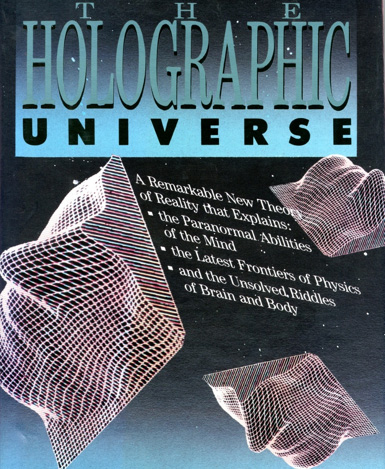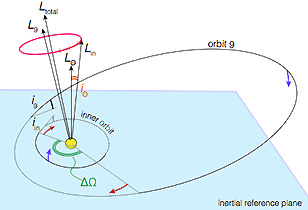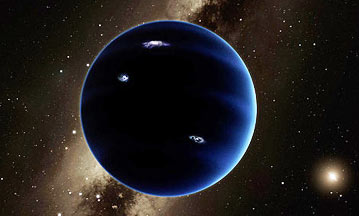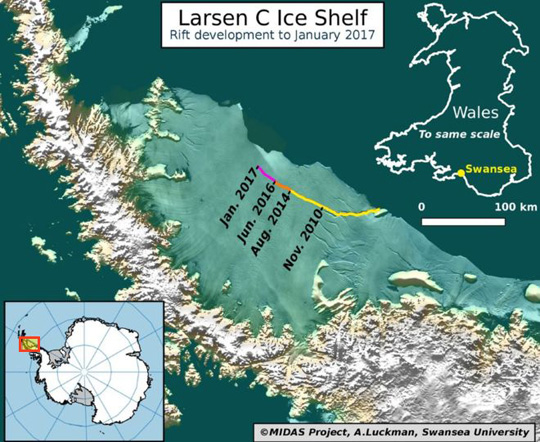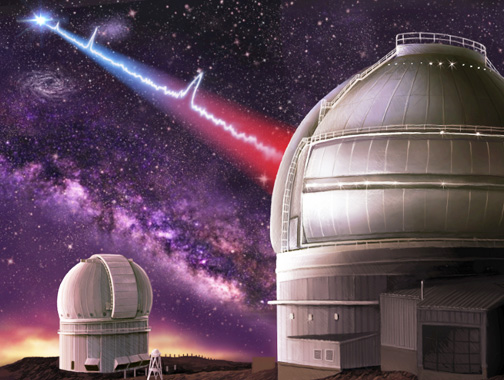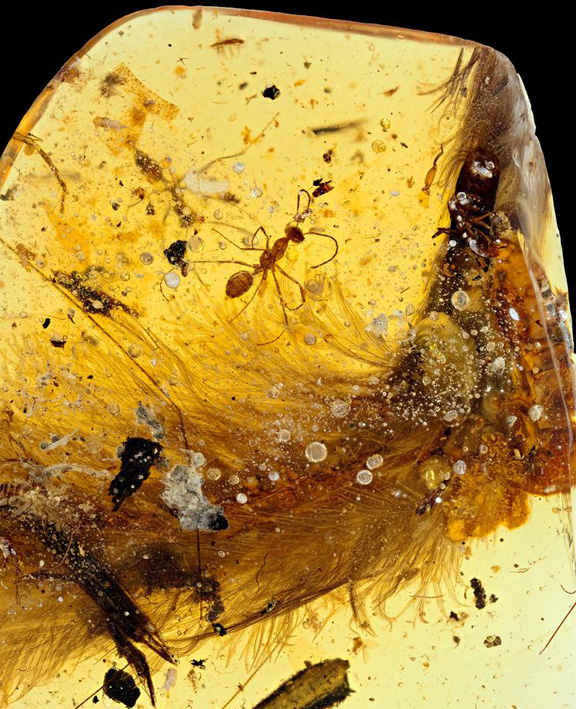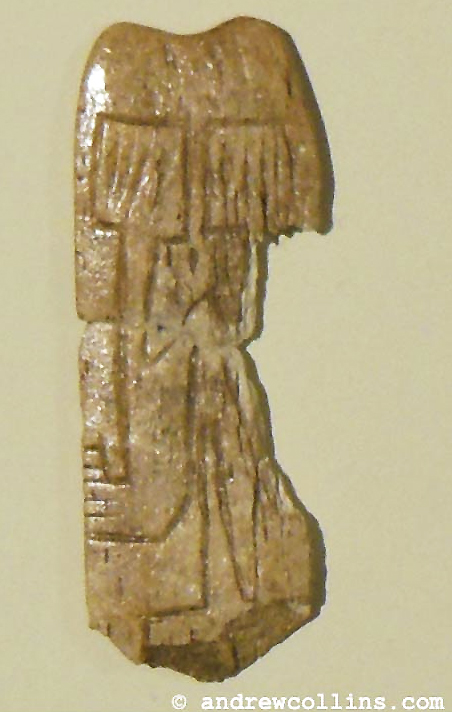“It doesn't seem like the universe cares so much about fairness
as it does care that all things that can happen — do.”
- Jason Padgett, co-author Struck by Genius
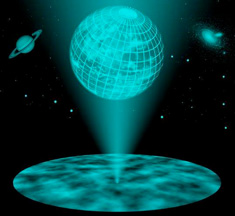
February 24, 2017 Federal Way, Washington - Even though Thomas Campbell seems convinced that our universe, if simulated, is not holographic but purely information based, perhaps built from 3-dimensional fractal geometries, there are increasingly credible science papers and books about the simulation of our universe as a 3-dimensional hologram.
Only a month ago on January 30th, 2017, theoretical physicists and astrophysicists from the University of Southampton in the U. K. — the University of Waterloo in Canada — and the University of Salento in Italy — published in the Physical Review Letters “substantial evidence” that we’re living in a holographic universe.
Click here to subscribe and get instant access to read this report.
Click here to check your existing subscription status.
Existing members, login below:




